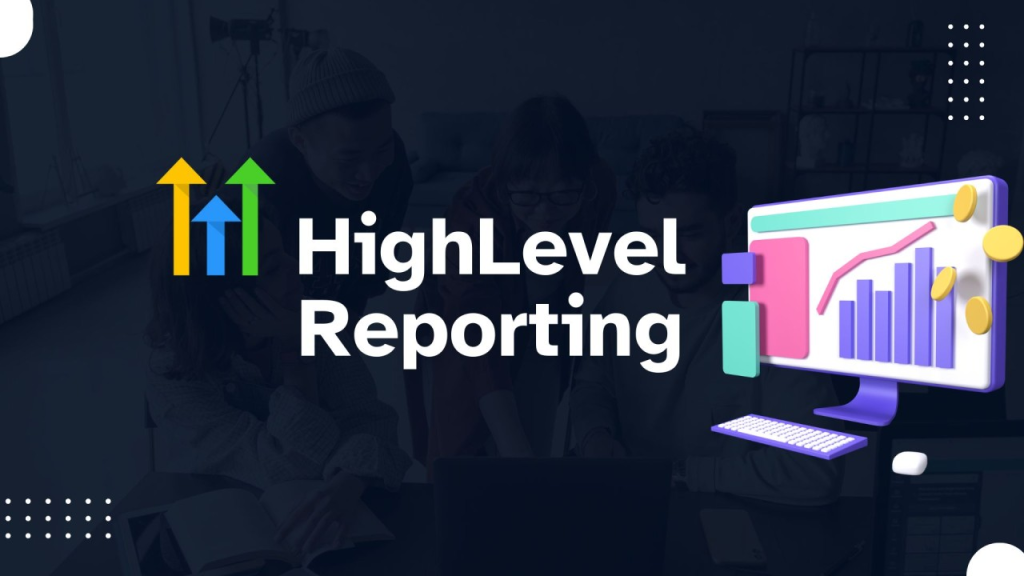Advanced Revenue Attribution Reporting:
In the ever-evolving world of digital marketing, understanding the effectiveness of your strategies is paramount. LinkedIn, a leading platform for professionals, has taken a significant step forward by publishing a new guide to its Advanced Revenue Attribution Report. This guide provides marketers with essential insights into measuring the impact of their campaigns on revenue generation. In this article, we’ll explore the key features of this guide, its importance for businesses, and how it can transform your marketing approach.
Table of Contents
Understanding Revenue Attribution
Revenue attribution is a critical aspect of marketing that involves assigning value to various touchpoints along the customer journey. It helps businesses understand which marketing efforts contribute most significantly to revenue generation. With the complexity of modern consumer behavior, effective attribution has become increasingly challenging yet vital for success.
LinkedIn’s Advanced Revenue Attribution Report offers a sophisticated method for tracking and analyzing these touchpoints, enabling marketers to make informed decisions that enhance their campaigns. By using this guide, businesses can gain a clearer picture of how their LinkedIn efforts translate into tangible results.

Key Features of the Advanced Revenue Attribution Report
- Comprehensive Tracking: The Advanced Revenue Attribution Report allows users to track multiple touchpoints, from initial engagement to final conversion. This holistic view helps marketers understand the entire customer journey, identifying which interactions are most effective.
- Customizable Attribution Models: The guide outlines different attribution models, enabling businesses to choose the one that aligns best with their goals. Whether utilizing first-click, last-click, or multi-touch attribution, marketers can tailor their analysis to suit their unique strategies.
- Integration with Other Tools: The report seamlessly integrates with various analytics and CRM tools, allowing for a more streamlined data analysis process. This integration enhances the ability to cross-reference data and gain deeper insights into customer behavior.
- Actionable Insights: LinkedIn’s guide emphasizes not just data collection but also interpretation. It provides marketers with actionable insights, enabling them to optimize their campaigns based on performance metrics. This shift from mere data to meaningful conclusions is crucial for driving better results.
- Real-Time Reporting: The ability to access real-time data is a game changer for marketers. LinkedIn’s Advanced Revenue Attribution Report ensures that businesses can react promptly to changes in customer behavior, allowing for agile campaign adjustments.
Why Revenue Attribution Matters
The importance of revenue attribution cannot be overstated. Here are several reasons why businesses should prioritize this aspect of their marketing strategies:
- Enhanced ROI Measurement: By accurately attributing revenue to specific marketing efforts, businesses can measure their return on investment (ROI) more effectively. This insight helps determine which campaigns are worth the investment and which need reevaluation.
- Optimized Marketing Strategies: Understanding which channels and tactics yield the best results enables marketers to refine their strategies. This optimization can lead to improved campaign performance and higher revenue generation.
- Improved Customer Understanding: Revenue attribution sheds light on customer behavior and preferences. By analyzing the data, businesses can better understand their audience, leading to more personalized marketing approaches that resonate with potential customers.
- Informed Budget Allocation: With clear insights into what drives revenue, businesses can allocate their marketing budgets more efficiently. Investing in high-performing channels while reducing spend on less effective tactics ensures a more strategic use of resources.
- Competitive Advantage: In a crowded marketplace, having a robust understanding of revenue attribution can provide a significant competitive edge. Businesses that leverage these insights effectively are better positioned to meet customer needs and stand out in their industry.
Implementing LinkedIn’s Advanced Revenue Attribution Report
To fully leverage the Advanced Revenue Attribution Report, businesses should follow these steps:
- Familiarize with the Guide: Start by thoroughly reading LinkedIn’s new guide. Understanding the features and functionalities will enable marketers to maximize the report’s potential.
- Set Clear Objectives: Before diving into the data, businesses should establish clear marketing objectives. Whether it’s increasing leads, boosting sales, or enhancing brand awareness, having defined goals will guide the attribution process.
- Utilize the Right Attribution Model: Choose the attribution model that best fits your objectives and customer journey. Experiment with different models to see which provides the most accurate insights for your business.
- Integrate with Existing Tools: Ensure that the Advanced Revenue Attribution Report is integrated with your current analytics and CRM systems. This integration will facilitate a smoother data analysis process.
- Regularly Analyze Data: Consistently review the report’s findings to stay informed about campaign performance. Regular analysis allows for timely adjustments and ensures that marketing efforts remain aligned with objectives.
- Adapt and Optimize: Use the insights gained to adapt marketing strategies continually. Implement changes based on data-driven conclusions, and don’t hesitate to experiment with new tactics that could enhance performance.
Future Trends in Revenue Attribution
As the digital landscape continues to evolve, so too will the methodologies for revenue attribution. Businesses should keep an eye on the following trends:
- Increased Automation: Automation tools are becoming increasingly sophisticated, allowing for real-time data analysis and reporting. This trend will enable marketers to focus on strategy rather than manual data crunching.
- AI and Machine Learning: The integration of AI and machine learning into attribution models will enhance predictive analytics. Marketers will be able to forecast trends and customer behavior more accurately, enabling proactive strategy adjustments.
- Emphasis on Privacy: With growing concerns about data privacy, marketers will need to navigate new regulations while still effectively tracking customer interactions. Transparency and compliance will be key in future attribution strategies.
- Cross-Channel Attribution: As marketing channels become more integrated, the need for cross-channel attribution will grow. Understanding how different platforms interact in driving revenue will become essential for comprehensive analysis.
Conclusion
LinkedIn’s publication of the new guide to its Advanced Revenue Attribution Report represents a significant advancement for marketers seeking to understand their impact on revenue generation. By leveraging this resource, businesses can gain invaluable insights into their marketing efforts, enabling them to optimize strategies, improve ROI, and drive growth. In a landscape where data-driven decisions are paramount, embracing advanced attribution techniques will set businesses on the path to success. As we move forward, the importance of understanding and implementing effective revenue attribution cannot be overstated, and LinkedIn’s latest offering is a vital tool in achieving this goal.



